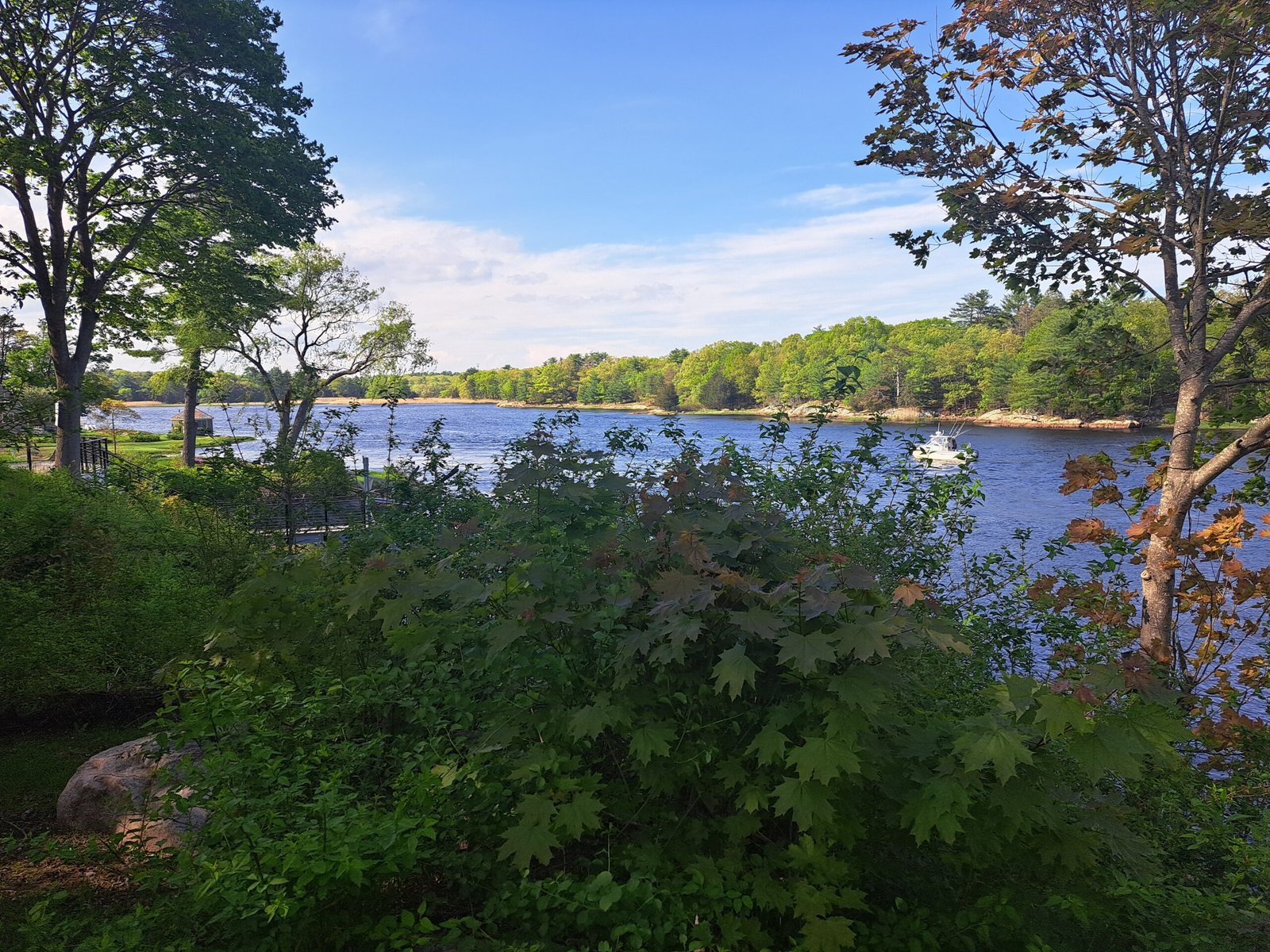Jo Bartosch describes her impressions from a visit to Amsterdam and the pervasive influence of the Red Light District.
I’d zoned out during our host’s thirty-minute welcome speech and was busy trying to decide if he looked more like Noel Edmonds or Jeremy Corbyn. When he paused for breath I politely agreed that his home city of Amsterdam did indeed seem ‘lovely’ and wondered when it would be acceptable to ask where the loo was, as I’d driven non-stop from the UK. We hadn’t set-out to go to Amsterdam, but it was a convenient stop off; my partner wanted to visit the Anne Frank museum and I’m a sucker for European capitals.
Neither of us are naïve, we knew that there would be areas where women stand in windows waiting to be bought. We expected the rowdy stag party hoards and seedy streets. However, we weren’t quite prepared for the sex industry to be marketed like an amusing cultural quirk, alongside cannabis-cafes and mayonnaise on chips.

My smile slipped slightly when our host told us that the brothels surrounding the Oude Church, the oldest church at the heart of the city, were ‘just a part of the city’s heritage.’ Noticing my discomfort at the mention of the Red Light District, he had naturally assumed I was a British prude with no knowledge of the sex industry. I wanted to snap at him that I am far from ignorant and my knowledge of prostitution is why I reject the lazy laissez-faire approach to commercial sexual abuse. Instead, he huffed-off upstairs and I finally sought out the loo.
Walking by the raucous, largely British groups of men in the city felt profoundly unsettling; they were ordinary ‘nice guys’ but they were also probably punters. I wondered if once the hangover hit whether they would think about how the women they paid to abuse came to be in brothels, and I wondered what expectations they held for the women and girls in their own families. Do they think all women are disposable? Is this how they pay back that ‘stuck-up bitch’ in the office? Get one over on a ‘nagging’ wife? Do they think all women exist to be paid to slake the sexual appetites of pissed-up British men, or are those at home somehow different? The words of men on Punternet demonstrate more eloquently than I can what sex tourists think of prostituted women. Ultimately musing on their motivations is pointless, all that matters is that these ordinary men pay to abuse vulnerable women because they can.
As with many European capitals, from the late seventeenth century many people in the city of Amsterdam grew rich from the exploitation of enslaved trafficked people, today little seems to have changed. Weaving through the crowds in one of the city’s squares I glimpsed a couple. She was tiny, not much taller than me (well under 5’), the man she was with had her held by the back of her neck. In a swift move he jerked her head to face forward when she tried to move away from him. Suddenly I realised what I was seeing and went to try and follow them, within seconds they were lost in the throng. It was just a fleeting insight into the reality behind the pink neon windows and sanitised tours. According to one prostituted woman in Amsterdam: “The English are the worst. They treat me like dirt. One even urinated all over me and laughed while he was doing it”, before adding: “They are always drunk. They hurt me.”
From the magnificent and well-funded public services to exquisite art and architecture, Amsterdam has much to be proud of. Given this, it is baffling to see a horror of the city, namely the Red Light District, promoted as a kooky tourist attraction. It isn’t just punters, the tourists who gawp at women in windows like animals in a zoo bear some responsibility for the suffering of those in prostitution. Estimates of numbers of people working in the sex trade in Amsterdam vary between 4,000 and 8,000. Some researchers suggest that ninety percent are trafficked. That people think to choose between canal trips, visiting the Anne Frank museum and going on guided tours of the Red Light District is the epitome of privileged ignorance. Sadly, unlike abused donkeys on the streets of Marrakech the suffering of trafficked women and girls doesn’t seem to make it into ethical tourism guides.
On the morning we left Amsterdam my partner and I were chatting over coffee — watching the canal cast dancing reflections onto the gabled facades that characterise the city-centre streets. It didn’t escape my notice that the buildings are subsiding, gradually cracking and collapsing into the water with the weight of time. As I finished my coffee and prepared to leave for the next leg of my journey it occurred to me that many, like the woman I had seen grabbed by the neck in public, will never escape the sinking city.








Article Discussion